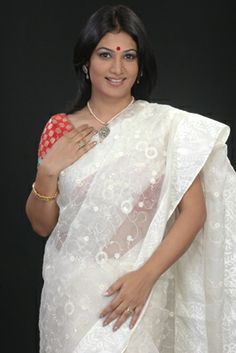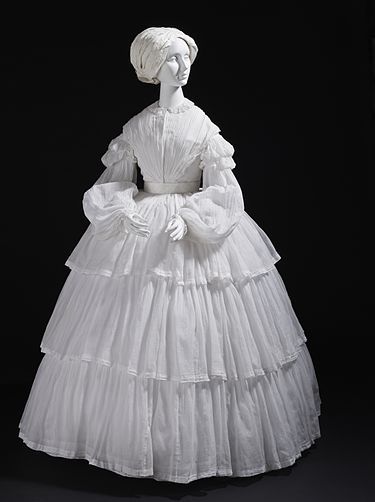| Blogs > looklook > Views from the Balcony |
|
The Lost Fabric.. The fabric has come back again in different shades and colors after more than two centuries! I am sure that all of us have heard, at least once, the word muslin, while buying expensive clothing from a super shop! Be it is in Dhaka, or in Paris or elsewhere in this world! What does the word “Muslin” actually denotes or means? According to English Dictionaries, ‘Muslin is a cotton fabric made in various degrees of fineness, often printed, woven or embroidered in patterns, especially a cotton fabric of plain weave, used for sheets and for a variety of other purposes. It is made in a wide range of weights from delicate sheers to coarse sheeting.’ I feel really proud to mention here that ‘early muslin was hand woven of uncommonly delicate handspun yarn’, produced especially in the region around the city of Dhaka, the capital of present day independent Bangladesh. The fabric also used to be exported to Europe during much of the 17th and early 18th centuries until the Bengali muslin industry was ruthlessly and systematically destroyed by the then colonial power for marketing their own “industrially manufactured textiles” in the Indian sub-continent as well as elsewhere! It makes me sad to state here that none could even imagine now the extent of brutality that was committed by the colonial rulers to stop the weavers weaving the fabric! They did not hesitate to cut off the weavers thumbs in order to prevent them weaving muslin. The extent of the brutality was described by William Bolts, a legendary Dutch merchant in his book, “Considerations on India Affairs”, in 1772. His book told the world that there were instances where 'thumbs were cut off' in order to stop the production of muslin. It should also be noted here that William Bolt was also an important employee of the East India Company at that time! Anyone, who is interested to know more details about this inhuman atrocities committed by the then rulers, may consider to procure the book of William Bolts available in online book shops. Some details can also readily be seen if anyone of us likes to Google the following: “Considerations on Indian affairs by William Bolts”. Among the tortured, beaten up and the maimed weavers, who could escape the atrocities, managed somehow to produce the fabric living elsewhere outside Dhaka and its adjacent areas but the quality of muslin gradually suffered to such great extent that its finesse was nearly lost for two centuries. After Bangladesh became completely independent, various attempts to revive the muslin industry proved fruitful and fine quality of muslin fabrics are now being produced in the country for local consumption as well as for export too. Three years back, in 2013, the traditional art of weaving Jamdani muslin in our country was included in the list of Masterpieces of the Oral and Intangible Heritage of Humanity by UNESCO.        |
|||
|
Muslin gets its name from the city of Mosul, Iraq, where it was first manufactured.
| ||
|
These are beautiful!
| ||
|
These are beautiful! Thank you so much for appreciating the works of the weavers of this country of mine! The fabrics are really colorful. Muslin Sarees are in great demand throughout the subcontinent and are very much expensive too! The fabrics are again available everywhere in the world! Have a wonderful Time!
| ||
|
Very interesting article Look!!
| ||
|
Fossil,hello, Thank you so much for your nice comment,Fossil. Muslin fabrics are still being produced by hand here in Bangladesh like two centuries before! However power looms are gradually replacing hand looms. But there are still some weavers who prefer to use hand looms. Just look at the photo # 9 and #10. These are the people who weave Muslin everyday. Yes, Muslin originated in Iraq. Perhaps you know that around 3200 B.C., human civilization began in Iraq and along the Nile Valley in Egypt. Have a wonderful sunday.
| ||
|
Very interesting article Look!! it is always wonderful to read from you here on this blog page of mine. I am really happy to note that you consider this article as interesting! A few words from you make all the difference here. Stay well and happy always!
|
×
×



